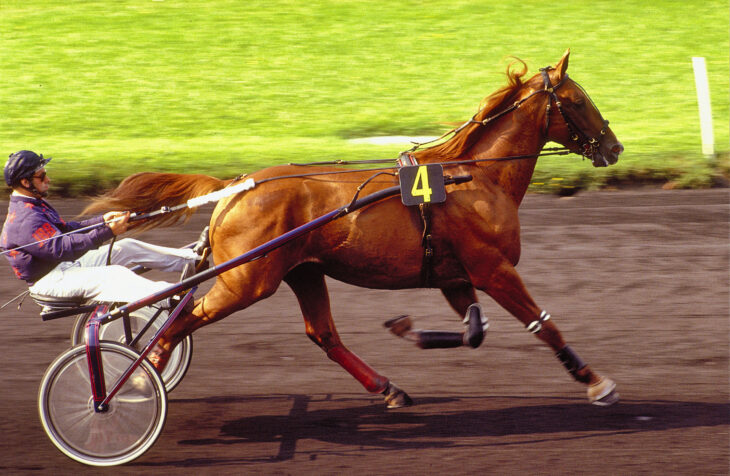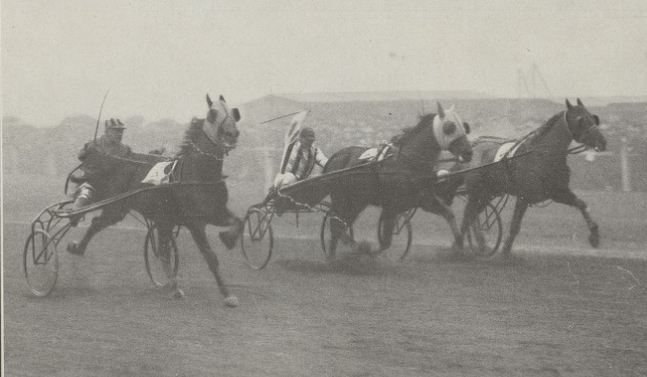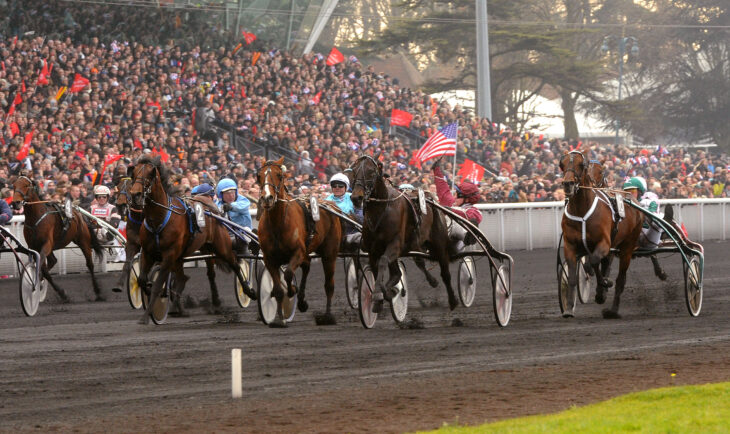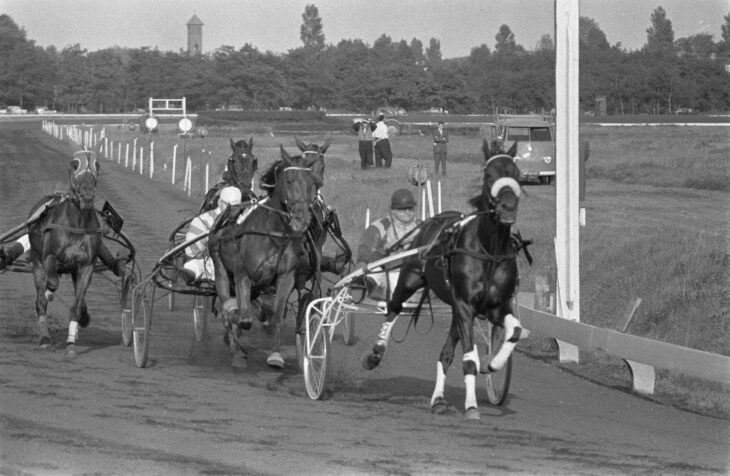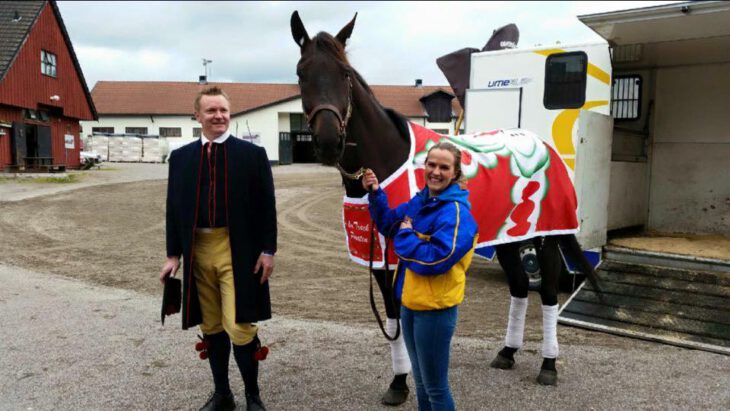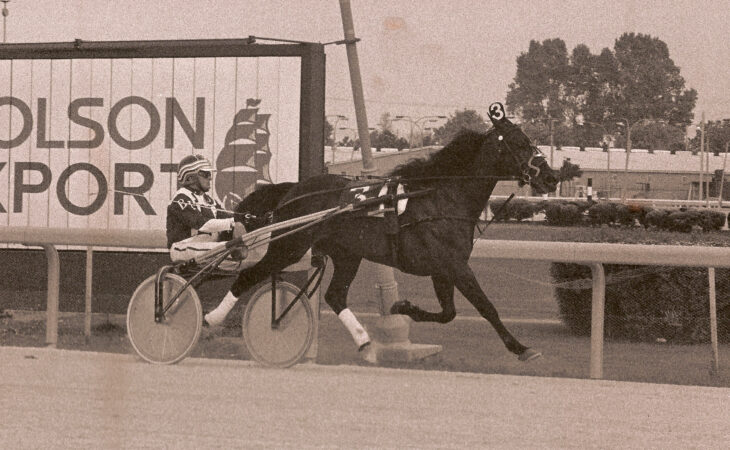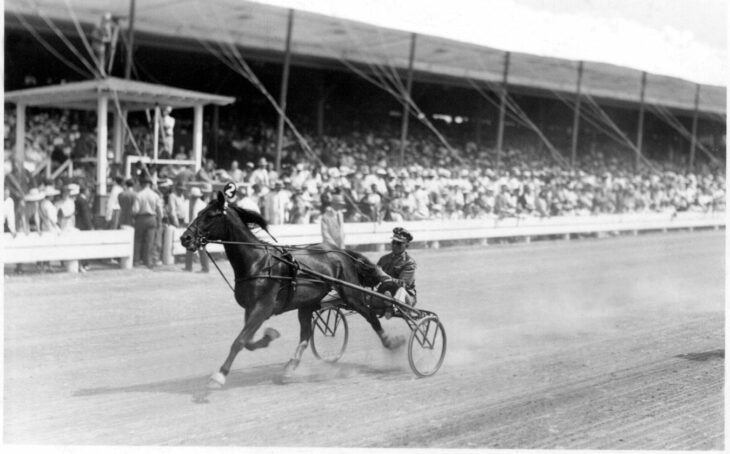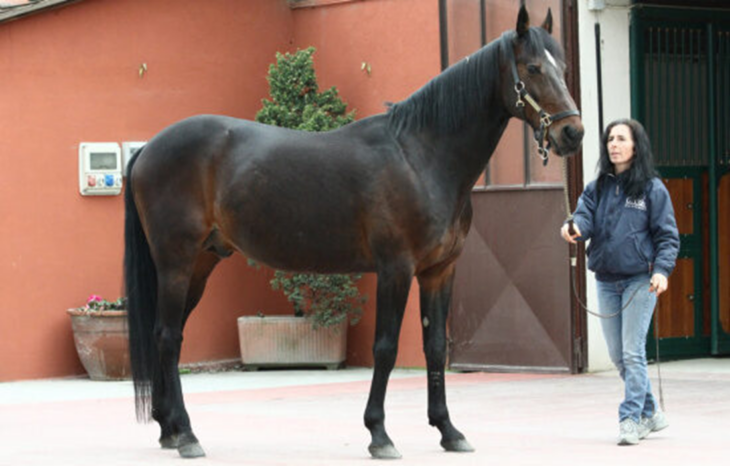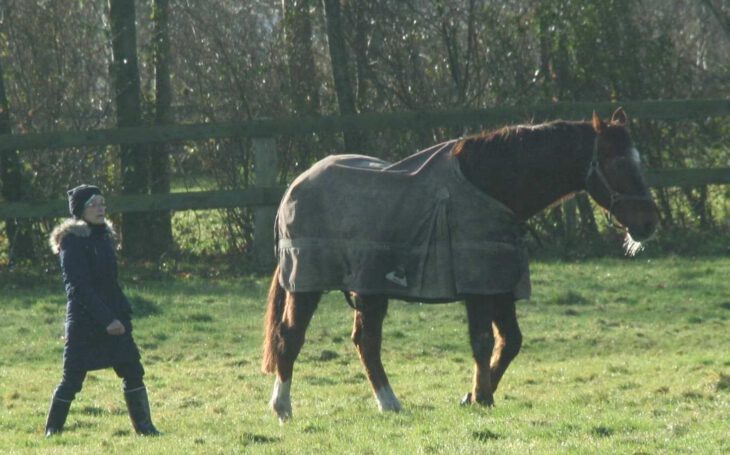When Jean-Baptiste Bossuet looked at the yearling in September 1986, he wasn’t particularly impressed. There just was no “wow” feeling to the chestnut, but breeder Bernard Hallope, keen on selling, offered Bossuet 50 % at a low price if he would start training the horse. Bossuet accepted, somewhat reluctantly, as he knew that many other buyers, including some big-name trainers, had examined the yearling and found him wanting. Could all of them be so wrong? As it turned out, they could.
Read MoreEuropean
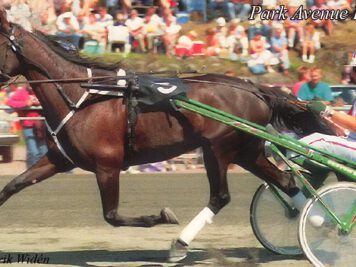
The queen’s terrible demise
She was a really good youngster in the US, winning the Hambletonian Oaks and Kentucky Futurity filly, and blossomed into one of...
Read More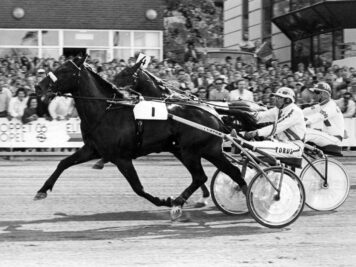
The king of Norway
Throughout history there have been a few select horses that have singlehandedly increased the interest in harness racing and...
Read More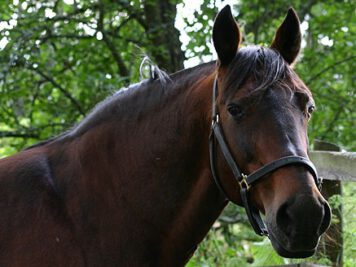
The mythical kick
When Juhani Lagerstam started the Laukko trotting stud farm at Vesilahti in Finland he needed a few stallions to use on his many...
Read More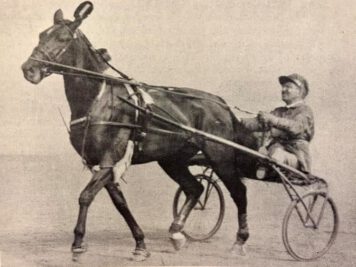
The wedding gift
He was designated as a wedding gift to circumvent export restrictions after WWII, then caused despair when he refused to train...
Read More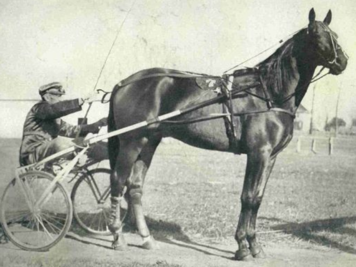
The secret daddy
The expression “Who’s your daddy?” is often used as a claim of dominance. In the case of the 1938 foals of Gäel, a champion...
Read More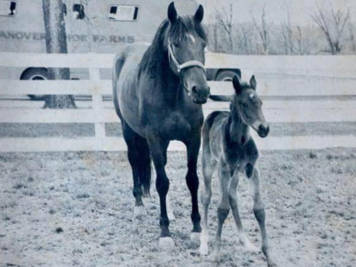
The stateless horse
You have horses with great pedigrees, then you have those really blue-blooded horses … and then there is Florestan. Despite being...
Read MoreHe was a war foal who rose to the top of the French elite in the 1920. The first and only horse to be disqualified from a win in the Prix d’Amerique, Passeport was a tremendous trotter who was just as outstanding at stud.
Read MoreHe was one of the best trotters the world has seen and went on to become an even better stallion before he died too soon. The story of Ready Cash is a fascinating tale of coincidences, but most of all the story of one of the most legendary trotters ever.
Read MoreAt 7 he was still a highly average trotter, clearly below the best in France. However, a Dutch trainer thought he saw something in the picturesque colt and purchased him for one of his owners. Willem Geersen needed no time in turning Hairos II from highly average to world class, and thus started one of the most spectacular fairytales in the world of trotting.
Read MoreHe competed for 12 seasons, won numerous big races through his 199 career starts and retired only to excel in show jumping dressage and everything else thrown at him. On Track Piraten won in several countries, over distances from one to two miles over ten seasons.
Read MoreAsk somebody to name a horse with 30 straight wins and they will probably be able to do so: pacing fans will probably answer Bret Hanover, French and European trotting fans will probably answer Tenor de Baune while Coldblood enthusiasts will undoubtedly bring up Järvsöfaks. Most likely only Canadian trotting fans bring up A Worthy Lad, whose exploits unfortunately have already started to be forgotten.
Read MoreHaving won the Hambletonian twice, in 1930 with Hanover’s Bertha and 1937 with Shirley Hanover, the Hanover Shoe Farms’ Lawrence Sheppard had no obvious Hambletonian candidate in 1938. However, he got the success he wanted when he bought the winner shortly before the big race. McLin Hanover turned out to be a spectacular trotter – in fact so good he had to leave the continent.
Read MoreBy many considered to be the best trotter in history, he was so popular that his name was even put forward as Foreign Minister of Italy at some point. Though he may have been the greatest trotter of all time, even after his career had started several people doubted that Varenne would amount to much on the track. He would prove them woefully wrong, however, and took both his young Finnish trainer and young Italian driver on a spectacular journey.
Read MoreHe had been a really good trotter in Europe and moved with his trainer to the US. At first some questioned if an 8-year-old European trotter they barely had heard of could compete with the best North Americans. But, as the trotting world quickly realized, the question was rather how the best North Americans could compete with the European speed demon. As it turned out, when Sebastian K was at his best, they simply didn’t stand a chance.
Read MoreHe was the undisputed French emperor for several years, and only illness prevented him from winning an unprecedented five Prix d’Amerique-wins in a row. As tough off as on the track, Ourasi was a handful for those around him. He was actually more than a handful for his competitors, who simply couldn’t resist the complete package of strength, speed and an insane will to win. In one race the other competitors even colluded to prevent the chestnut superstar from winning, but Ourasi won anyway.
Read More
